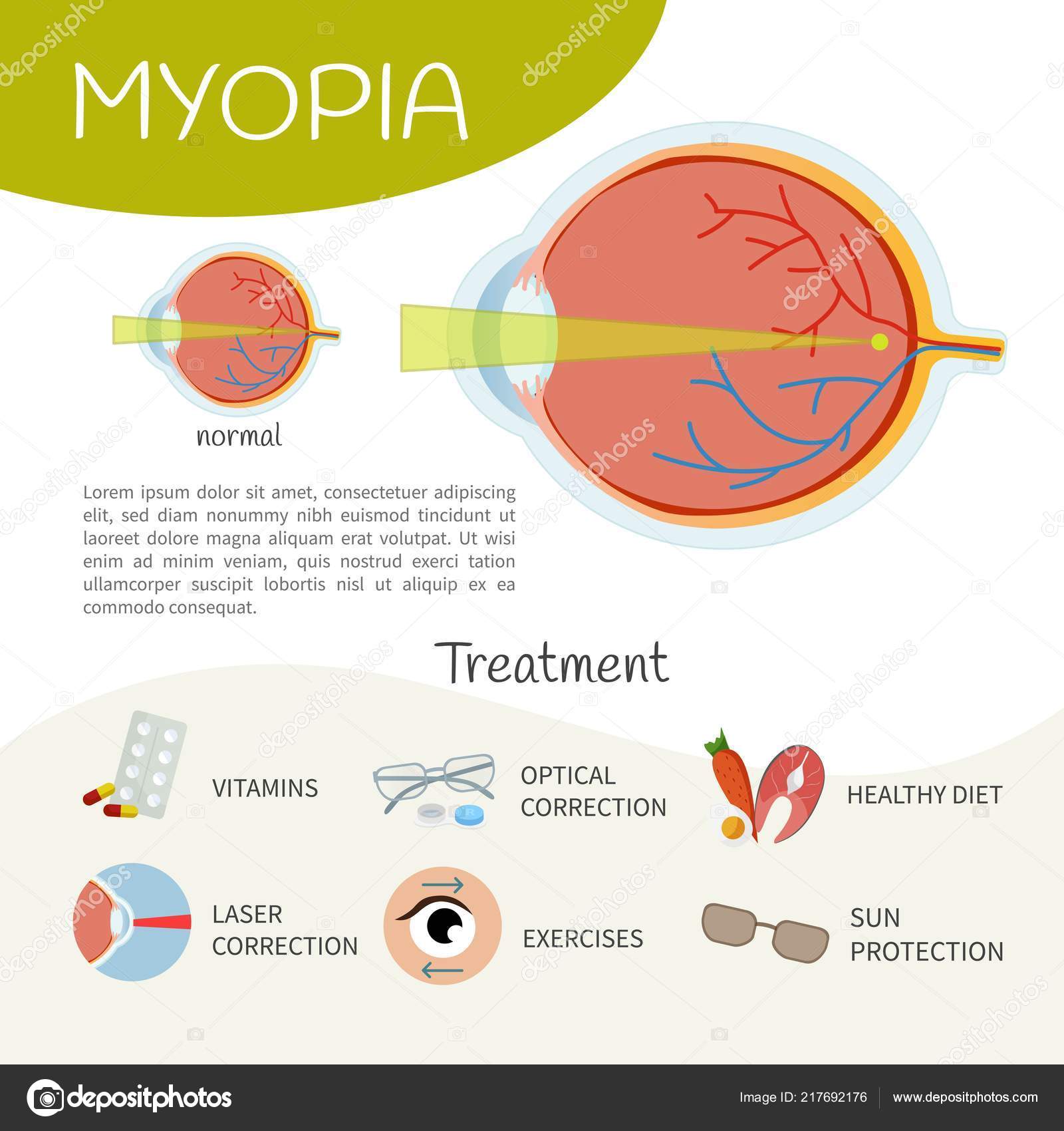Intrigued In Learning About The Distinctions In Between SMILE, LASIK, And PRK Eye Treatments?
Intrigued In Learning About The Distinctions In Between SMILE, LASIK, And PRK Eye Treatments?
Blog Article
Uploaded By-Ryberg Osborne
If you've been thinking about SMILE eye surgical treatment, you may ask yourself exactly how it compares to LASIK and PRK. Each treatment has its own set of benefits and factors to consider. From quicker recovery times to potential dangers, there are vital distinctions you must know before deciding. Recognizing these distinctions will help you make an informed choice that lines up with your details demands and expectations. Curious to recognize more concerning how these treatments compare thoroughly? Keep on discovering to obtain an extensive understanding of SMILE, LASIK, and PRK.
SMILE Eye Surgical Procedure Overview
If you're thinking about SMILE eye surgical treatment, you'll discover it to be a minimally invasive procedure with a quick recovery time. During SMILE (Small Incision Lenticule Removal), a laser is utilized to produce a little, exact laceration in the cornea to remove a little item of cells, reshaping it to fix your vision. This differs from LASIK, where a flap is created, and PRK, where the outer layer of the cornea is completely eliminated.
Among the vital advantages of SMILE is its minimally intrusive nature, bring about a faster recovery process and less pain post-surgery. The recovery time for SMILE is relatively quick, with several individuals experiencing enhanced vision within a day or more. This makes it a preferred option for those looking for a convenient and efficient vision modification treatment. Furthermore, SMILE has been revealed to have a lower threat of dry eye disorder compared to LASIK, making it a positive alternative for people concerned concerning this prospective side effect.
Distinctions In Between SMILE, LASIK, and PRK
When contrasting SMILE, LASIK, and PRK eye surgeries, it is very important to understand the unique strategies used in each procedure for vision correction.
SMILE (Little Cut Lenticule Extraction) is a minimally intrusive procedure that includes creating a little cut to remove a lenticule from the cornea, reshaping it to remedy vision.
LASIK (Laser-Assisted In Situ Keratomileusis) involves producing a thin flap on the cornea, making use of a laser to reshape the underlying tissue, and after that rearranging the flap.
PRK (Photorefractive Keratectomy) removes the external layer of the cornea before reshaping the cells with a laser.
The major distinction hinges on the means the cornea is accessed and treated. SMILE is flapless, making it an excellent alternative for people with slim corneas or those associated with contact sporting activities. LASIK uses quick visual recovery because of the flap creation, but it might pose a higher danger of flap-related issues. PRK, although having a much longer recovery duration, stays clear of flap-related issues entirely.
Recognizing these variances is critical in choosing one of the most appropriate procedure for your vision correction needs.
Advantages And Disadvantages Contrast
To assess the advantages and disadvantages of SMILE, LASIK, and PRK eye surgical treatments, it's important to consider the details advantages and potential restrictions of each treatment. https://www.forbes.com/advisor/personal-loans/medical-loans/ provides the benefit of a minimally invasive treatment, with a smaller cut and potentially quicker recovery time contrasted to LASIK and PRK. cataract surgery over 90 years old decreases the risk of completely dry eye post-surgery, a typical negative effects of LASIK. However, SMILE might have constraints in dealing with higher levels of nearsightedness or astigmatism contrasted to LASIK.
LASIK surgery gives quick aesthetic recovery and minimal discomfort throughout the treatment. It's extremely reliable in treating a wide variety of refractive mistakes, including myopia, hyperopia, and astigmatism. Yet, LASIK carries a threat of flap difficulties, which can influence the corneal structure.
PRK eye surgical treatment, while not as preferred as LASIK, avoids creating a corneal flap, lowering the danger of flap-related issues. It appropriates for individuals with thin corneas or uneven corneal surface areas. However, PRK has a much longer recuperation time and may include extra discomfort throughout the recovery process.
Verdict
So, when it pertains to choosing between SMILE, LASIK, and PRK, think of it like selecting the best pair of footwear. SMILE is like a smooth, comfortable set of tennis shoes - fast and simple.
LASIK is much more like stylish high heels - showy and quick, yet with some potential threats.
PRK is like sturdy treking boots - reputable and sturdy, however needing a little bit more effort and time.
Ultimately, the most effective selection relies on your individual needs and preferences.
